 |
|
| Issue #81 • May/June, 2003 |
It may seem like an impossible dream if you live outside of southern Florida, California, or Texas, but you can grow a home “backyard” orchard of oranges, lemons, limes, grapefruit, and exotic citrus even in the coldest climates. These attractive small trees provide a bounty of luscious fresh fruits, beautiful and intensely fragrant flowers, and lush glossy foliage. Best of all, growing these potted charmers is as easy as raising any houseplant.
I’ve grown various types of potted citrus trees for over 18 years, starting with a tiny twig of a lemon that had only five leaves on it. Today, that little tree has moved from California to Missouri, died back to the roots two times (when it was accidentally left out in the snow), and has produced in excess of 200 normal-sized lemons. We’ve had it so long, it seems like a member of the family. Over the years, we have added oranges, limes, kumquats, “Mandarinquats,” and a little satsuma (a fragrant Japanese mandarin). The nice thing about citrus trees is that no matter which variety you choose, they have the same straightforward growth and care requirements. If you have ever raised a persnickety houseplant, you will be pleasantly surprised at how easy-going and tolerant citrus can be. The bounty, of course, is that they also provide you with fresh fruit loaded with vitamin-C during the deepest, darkest part of the winter.
|
Know your trees
Citrus trees are native to some of the world’s warmest and most-pleasant climates, subtropical and tropical India and China. The fruit has been domesticated for thousands of years, and plantings have been made all over the warmer parts of the world, including Spain, Portugal, Brazil, the Caribbean, the Mediterranean, and Asia. It is grown as a houseplant on the rest of the globe. Even nurseries in England’s non-tropical climate offer a wide assortment of varieties.
The familiar sweet orange is the most widely grown species of citrus. It was brought to the New World by Columbus in 1493, and planted for the first time in Hispaniola. By 1565, Spanish explorers had established orange orchards in Florida.
The most commonly-planted backyard variety of orange is the Valencia, a “juice-type” that may have a few seeds. The Navel orange, a seedless type that occurred as a “sport” or natural mutation, is also readily available as a potted plant. Navels are excellent for fresh eating and for juicing, although the juice can become bitter several hours after being squeezed. “Blood” oranges have bright red flesh and a tangy, sprightly flavor. Oranges grown in the constant warmth of a modern home will be thin-skinned and yellowish, while those that are exposed to cooler temperatures outdoors into the 40’s, will form a thicker skin and brighter orange color. Blood oranges need cooler weather to develop their deep red flesh coloration. If kept in warmer conditions, the flesh may be merely speckled with red. Fruit matures from November to March and can be picked when they have developed some orange coloration, but will hold on the tree for months. Valencia fruit will “regreen” after winter is over, and can hold on the tree until early summer. Some orange varieties drop their fruit when they have over-ripened. Most potted oranges (and many other citrus varieties) are grafted onto “sour orange” rootstock, the hardiest type.
Lemons are the most productive of the planter-grown citrus. Some varieties grow extra-large on small bush-like trees, others produce flowers and fruit simultaneously. Eureka lemons are the familiar supermarket type, while Meyers are larger and have thinner skins. Lemons hold fairly well on the tree, and ripen over a long enough period of time that you can have fresh fruit through most of the spring and early summer for those ice teas and meringue pies.
Limes are commonly found in two varieties: “Key” (or “Mexican”) and “Persian.” Key limes are the ones made famous by the summer Key lime pie. The limes are small 1″ fruit with an intense limey flavor and powerful aroma. They are picked while still green, although when they ripen to yellow, they still retain the wonderful lime taste and scent. Persian limes are shaped like small, flattened oranges. The flavor is less intense and somewhat smoother than Key limes, and they produce more juice than Keys for drinks or marinades. Like Key limes, they are used when still green, but will ripen through fall and winter to a pretty orange shade, though they still taste like mellow limes.
|
Grapefruit can be found as yellow-fleshed or red-fleshed varieties. Yellow-fleshed have a stronger, more bitter flavor and more juice, while the red-fleshed types are mildly sweeter and less acidic. Fruit grow very large, even on tiny spindly trees, and branches may need to be propped up to prevent cracking. Ripening is in fall through early spring.
Kumquats and their variants such as “Mandarinquats” are fast-growing highly productive trees. The fruit is tiny, about 1″ across and bright orange colored. The flesh is also orange. Each fruit will have several seeds. Interestingly, kumquats have a sweet, tangy skin and somewhat sharp and bitter flavored flesh. The best way to enjoy these unusual fruits is directly off the tree. Just pop one in your mouth for an intense and juicy treat! These trees are able to bear almost year-around, and will often be covered with small, fragrant blossoms and fruit at the same time. It’s not unusual for our 4′ tall tree to have over 100 fruits ripening on it.
Mandarins are similar to oranges in coloration, and the fruit “sections” and peels easily. Supermarkets carry these 2″, flattened specialty fruit around winter holidays, and offer them as “Clementines.” Aside from their fresh-eating qualities, Mandarins can be used as an unusual decoration. Cut the fruit in half at the equator and remove the sections carefully so that the central white pith is left behind. Gently apply a few drops of cooking oil to the inside of the peel and smooth up along the pith. The pith can then be lit like a candle wick and will burn slowly due to the oil, releasing a gentle fruity scent. Mandarins ripen in the fall and winter months. They are more cold sensitive than oranges.
Growth and care
Potted citrus typically won’t grow more than four or five feet high, though most remain less than 24″ tall. Kumquats form a straight, upright trunk, while oranges, lemons, and grapefruit tend to be bushy, and a single plant can spread three feet wide in a lush canopy of glossy leaves. Plants can come to you bareroot, in small planters, or in standard planters. Most of my trees are in 5-gallon black plastic planters. This seems to be a good size that is large enough for healthy roots, and small enough to be moved around when needed. Larger pots, 7-10-gallon size, will allow your trees to grow a little bigger, but might make moving the plants a real ordeal.
Citrus trees require lots of sunlight. During the warm months when there is no risk of frost, trees can be moved to the outdoors on the south side of your home. They will soak up the sun, and after the dark indoor months, they will burst forth with sudden new growth. In the cold months, the trees will do well in a greenhouse, in a south-facing window, or under a “grow lamp.” Your trees will do better if you prepare them for the trip indoors by shading them during part of the day in the autumn. The sudden change from outdoors to indoors may cause some leaf-drop. Typical indoor temperatures are fine for these trees during the winter. In the early spring, the trees appreciate being gradually hardened off to the outside weather by daily trips outdoors during the daylight hours. Bring them in at night if there is a chance of frost.
All citrus are frost-sensitive to some degree. Leaves and stems can tolerate temperatures into the high 20s, but fruit will be damaged by freezing. The potted lemon tree that we forgot out in the snow died all the way back to the soil surface. We thought it was a goner! We trimmed the dead-looking plant back to the central stem, and just waited. Lo and behold, it started to grow again two months later in the spring. Now, 10 years later, it has 14 fat lemons ripening on its healthy branches.
Citrus trees don’t require any pruning, except perhaps for a little shaping and trimming of any dead or cold-killed wood. The natural form is compact and attractive. It is not necessary to mulch container-grown trees and might actually contribute to “foot rot,” a type of root rot that eventually kills trees. These plants all prefer a planting mix of equal parts sand, peat, and bark (or perlite/vermiculite). This forms a firm but loose planting medium that will permit good drainage. Drainage holes of the container should be covered with screen mesh to prevent loss of the medium, then coarse gravel laid over the screen. The planting medium should then be placed in the pot to about one fourth the depth of the pot followed by the tree. Trim any crowded roots. Fill the pot with medium to about 2″ from the pot rim, making sure any stem graft is above the soil level. Water thoroughly by filling the pot to the rim once a week, and let the planting surface dry between waterings. Snap off any twigs that grow from beneath the graft.
Citrus trees need good fertilizer. That is one of my two “secrets” to container-growing these trees. Different sources will give varying instructions on what to feed your potted trees. The most common is “fertilize with fruit tree food.” While the plants will grow with an average fertilizer such as a 10-10-10 product, they don’t seem to glow with good health under that diet. Citrus prefer a high-nitrogen diet, such as a 3-1-1 formulation. My first “secret” is simplea bag of Bandini Citrus Food which I guard like a hoard of gold. This is a formulation of 12-8-4 fertilizer plus minor nutrients, and really does make a difference in the tree’s growth and productivity. A 10-pound bag costs about $7, and I still have half of my jealously-protected supply left. I fertilize on the first day of every month, giving larger trees three tablespoons of the dry pelleted fertilizer, and smaller ones a single tablespoon. I have never tried to grow them by “organic” methods, but if I were going to experiment, I’d used blood meal or fish meal for the nitrogen component, plus bone meal and potash as the basic formula.
|
It’s not unusual for me to meet someone who has grown a citrus tree for many years that flowers beautifully, but bears no fruit. Sometimes, it will be a tree that was grown from a seed. My second “secret,” which answers this and ensures my citrus trees all produce fruit, is simple but often overlooked: cross-fertilization of the flowers. A single tree may be self-infertile, that is, unable to pollinate its own flowers. Others may be fully self-fertile, but rely on insects to carry the pollen from flower to flower. With two citrus trees, preferably of different varieties that flower at the same time, placed outdoors so bees can work on them, you can guarantee that good pollination has taken place. If the weather doesn’t support pollinating insects when the flowers are blooming, you can be the pollinator. Just dust flowers gently with a soft craft paintbrush or cotton swab, first on one tree, then on the other. Your pollination rate and fruit formation will be even more assured if you have several different varieties of citrus trees.
Getting seed-grown trees to bear fruit may be an entirely different problem. It can take up to 15 years for a tree to become mature enough to fruit. Furthermore, even if the original seed came from a known variety (such as a Valencia orange), there is no guarantee that both of its parents were of the same type. It could be a first-generation hybrid of some kind. These trees can still be very attractive and produce fragrant flowers, but may never be able to give you fruit.
Insect pests are rarely a problem in backyard citrus grown outside of the main citrus-producing states (Florida, California, Arizona, and Texas). We’ve had occasional minor damage from munching grasshoppers, and the Key lime seems susceptible to a red-scale insect. Ants occasionally build nests in the pots during the summer months. Otherwise, the plants grow without interference from the usual troublemakers.
Tree sources
Major department stores, including Wal-Mart and K-Mart carry citrus trees seasonally. Typically these run $4 each in 4-6″ pots. In the summer and autumn, our local Lowe’s had several varieties of citrus (including satsuma, blood orange, kumquats, and lemons) in 8″ pots for $10 each.
|
Citrus trees for home gardeners are much more common than they were two decades ago when I ordered my little twig lemon from a seed catalog. Many seed catalogs now carry citrus in 4″ pots for $5 each or less, advertised in the “house plants” section. These are baby trees, and it will take them 3 years or longer to be able to begin fruit production.
There are on-line sources if you are anxious to begin growing these attractive and fragrant plants, located in the major citrus-producing states. Prices vary from $16 per 1-gallon tree (plus $8 shipping) to $44 (plus $15 shipping), depending on size and variety. Citrus cannot be shipped INTO Arizona, California, Florida, or Texas, even from other citrus-growing states, but can be shipped OUT of each of them.
Other websites can be accessed by keying “citrus trees” into your search engine. Both Florida and Texas agricultural agencies maintain extensive on-line information about growing citrus in their areas and are good sources for detailed data about these productive and pretty plants.


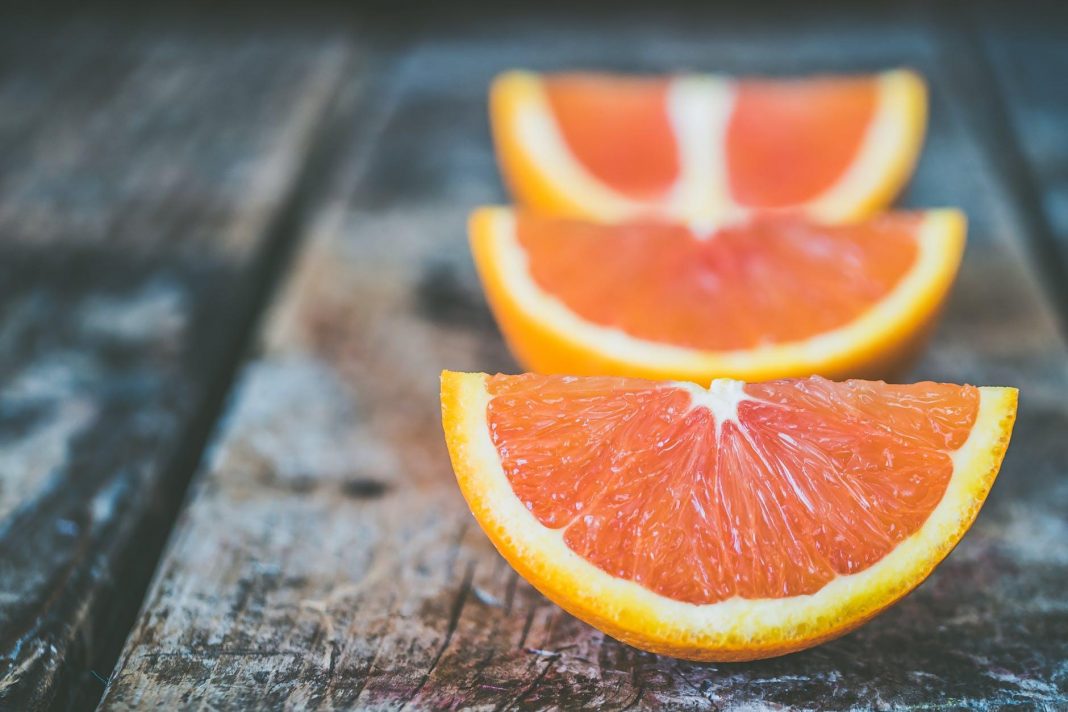









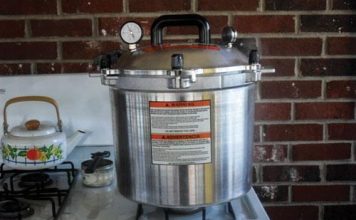

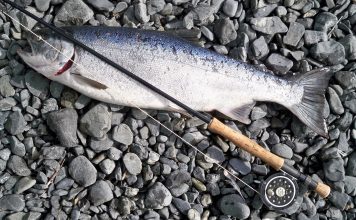
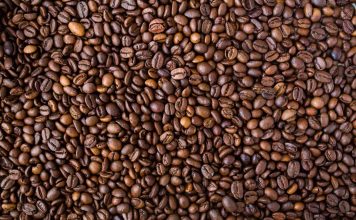

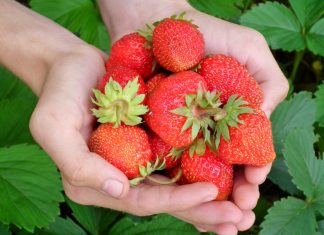

Today is February 18, 2021, aka 202WON in the evangelical world. Anyhow, this was such an encouraging article. It makes me think about our nation and how incredibly exceptional and blessed we are. We are such a rich country, in every way, shape, or form. How neat is it we can grow or purchase a citrus tree that will produce in every climate in America. We have come so far, we don’t have to suffer scurvy. In any apt, in every house we can grow valuable vitamin C! Thanks for this article.
Well written, informative article.